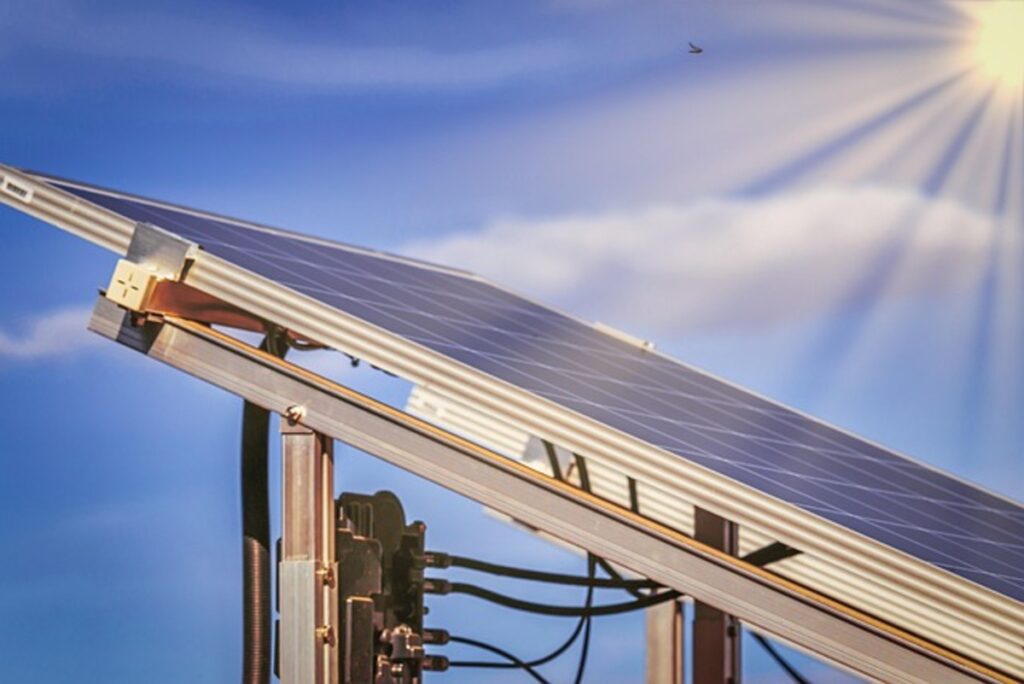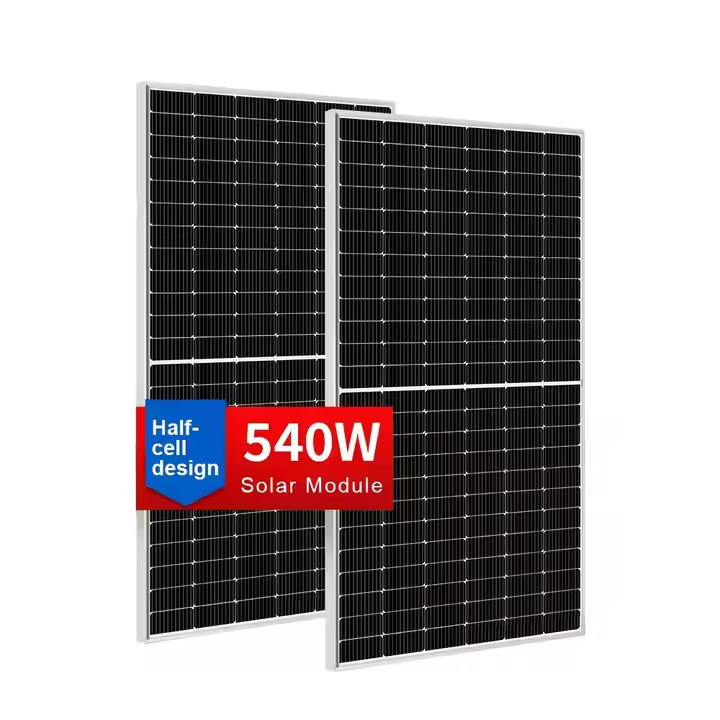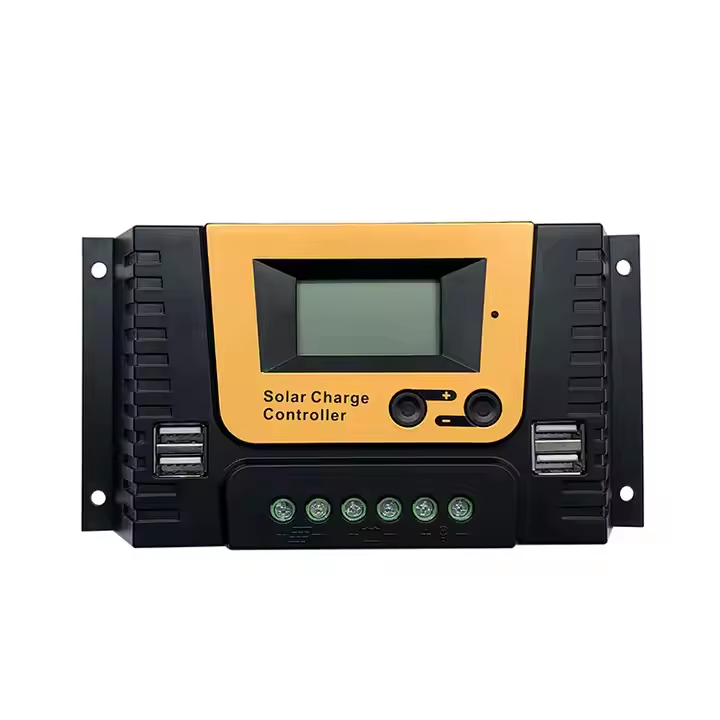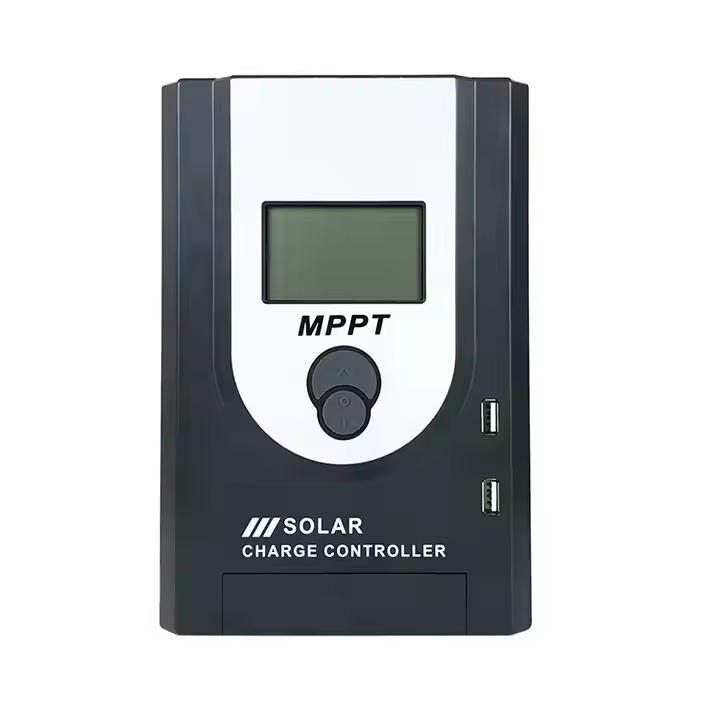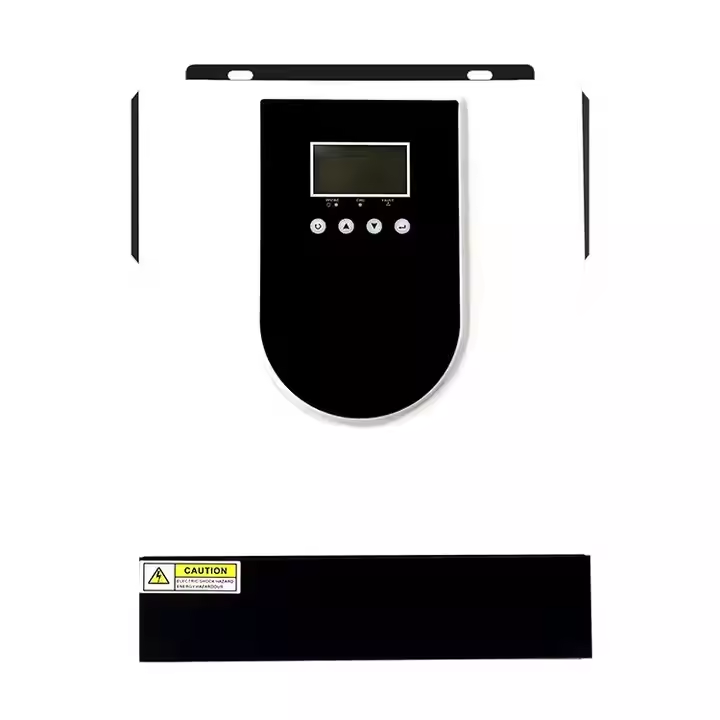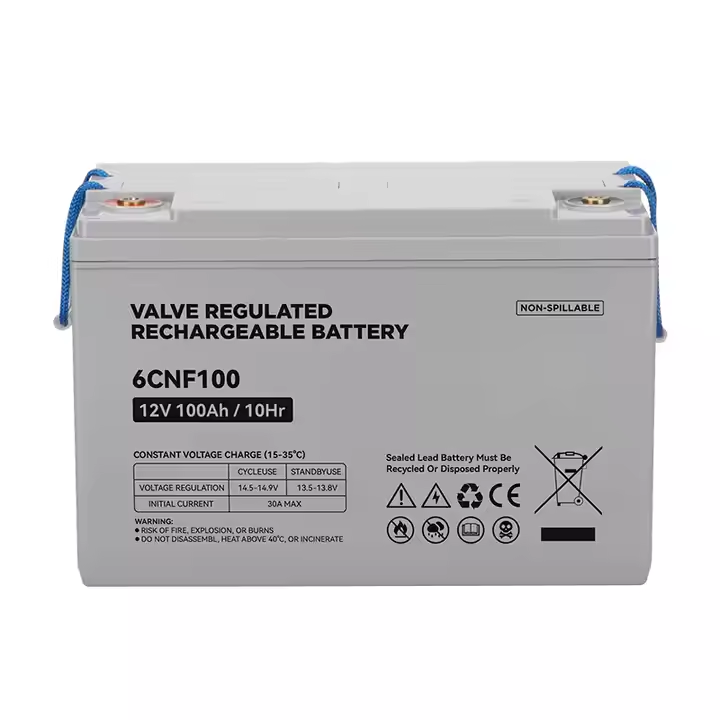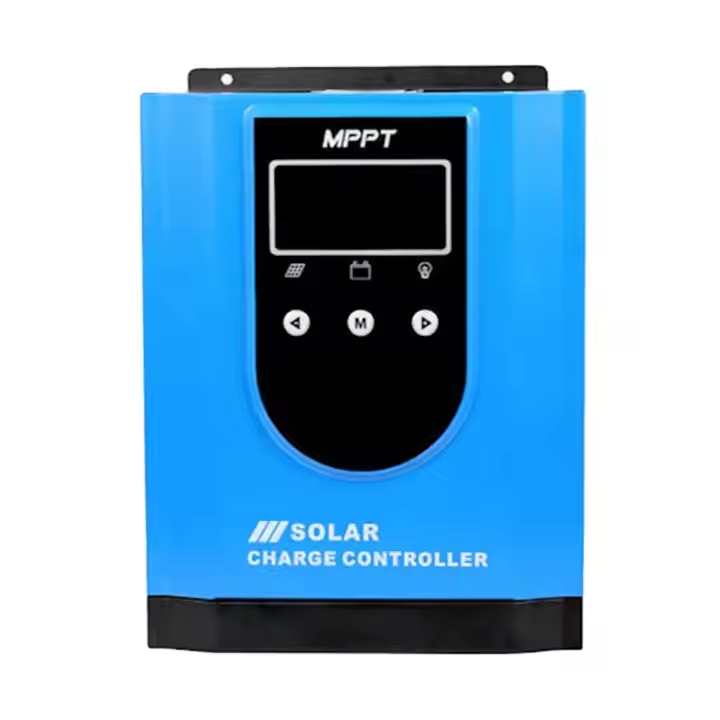I. Introduction
Solar energy is more than just panels on a roof—it’s an entire ecosystem of components working in concert to harvest, convert, store, and dispatch power. Whether you’re seeking energy independence in remote locations, reducing bills on a grid-tied installation, or building a hybrid system that does both, knowing how each part fits and functions is critical. This guide starts with the basics of how sunlight becomes electricity, then drills into the heart of your system: panels, controllers, inverters, batteries, wiring, and cutting-edge electronics. By the end, you’ll have the knowledge to plan, install, and optimize a solar home system tailored to your energy goals.
II. Solar Energy Fundamentals
A. How Solar Power Works
At its core, a solar panel contains semiconductor cells that convert photons into direct current (DC) through the photovoltaic effect. Multiple cells wired together form a module, and grouping modules into arrays scales the system’s overall wattage to meet your home’s energy demands.
B. Key Performance Metrics
Watt-peak (Wp) measures a panel’s output under standard test conditions, while capacity factor reflects real-world performance over time. Efficiency—the percentage of sunlight turned into electricity—varies by cell type, temperature, and shading, so understanding these figures helps you choose the right panel for your site.
C. System Architectures
Solar home systems come in three main flavors:
Grid-Tied: Sells excess power back to the utility and draws from the grid when solar output is low.
Off-Grid: Fully independent, using batteries (and sometimes generators) to cover all energy needs.
Hybrid: Combines grid connection with battery backup, offering the best of both worlds: net metering plus resilience during outages.
III. Core Hardware Components
A. Solar Panels
Choose between monocrystalline (high efficiency, compact footprint), polycrystalline (mid-range cost/effectiveness), or thin-film (flexible, lower light performance). Consider warranties, temperature coefficients, and degradation rates to ensure reliable, long-term production.
B. Solar Charge Controllers
Controllers regulate the current flowing from your panels into batteries. Basic PWM controllers switch the connection on and off to maintain voltage, while MPPT controllers dynamically adjust voltage/current to always hit the panels’ maximum power point—yielding up to 30% more energy in variable light.
C. Inverters
String inverters serve multiple panels at once, microinverters handle each panel individually for shading resilience, and hybrid inverters integrate battery charging and grid-tie functions. Look for models with high peak efficiency, anti-islanding protection, and weatherproof ratings.
D. Battery Storage
Lead-acid batteries remain cost-effective, but lithium-ion packs offer higher cycles, deeper depth-of-discharge, and lower maintenance. Flow batteries promise long life but at higher cost. A battery management system (BMS) safeguards cells from over-voltage, under-voltage, and thermal extremes.
IV. Balance-of-System (BOS) Essentials
A. Wiring & Electrical Protection
Proper conductor sizing, fuses, circuit breakers, and grounding prevent voltage drop, fire risk, and equipment damage. DC combiner boxes and surge arrestors add layers of safety and code compliance.
B. Monitoring & Control Systems
Data loggers and remote dashboards let you track array performance, battery state-of-charge, and inverter health in real time. Smart-home integrations bring solar data into your existing energy management platform.
C. Mechanical & Structural
Racking must withstand local wind and snow loads; roof penetrations need waterproof flashing. Corrosion-resistant materials and periodic hardware inspections keep your array securely mounted for decades.
V. Advanced Components & Innovations
A. Module-Level Power Electronics
Microinverters and DC optimizers mitigate mismatch and shading losses by letting each panel operate at its own peak. Rapid-shutdown features enhance firefighter safety in emergencies.
B. Hybrid Controllers & Energy Management
New hybrid controllers unify PV charge control, battery management, and generator or grid dispatch in one box. Demand-response capabilities allow utilities to signal your system to reduce load or export power during peak events.
C. Emerging Technologies
Bifacial panels harvest reflected light from the ground, single-axis trackers follow the sun’s path for 20-30% more yield, and perovskite-silicon tandem cells promise ultra-high efficiency in future modules.
VI. System Design & Optimization
A. Sizing & Simulation
Start with a detailed energy audit of your home’s loads. Use modeling tools like PVsyst, Helioscope, or SAM to simulate annual production, adjusting array size, tilt, and orientation to meet your energy targets.
B. Placement & Layout
Optimize row spacing and tilt for minimal self-shading. East-west setups can produce more even daily output, while steeper tilts favor winter production in higher latitudes.
C. Performance Tuning
Implement DC/AC oversizing to keep inverters at peak efficiency most of the day. Stay current with firmware updates to capture the latest MPPT enhancements and safety features.
VII. Installation Best Practices
A. Permitting & Compliance
Obtain local building and electrical permits, follow utility interconnection requirements, and register for any available incentives or net-metering programs.
B. Safety & Quality Assurance
Use proper personal protective equipment, follow lock-out/tag-out procedures, and adhere to NEC and manufacturer torque specs. Label conduits and panels clearly for first responders.
C. Post-Install Validation
Record baseline performance metrics—string voltages, daily kWh—then compare these against manufacturer warranties and simulated expectations to verify system health.
VIII. Operation & Maintenance (O&M)
A. Routine Inspections & Cleaning
Clean panels 1–2 times annually in dusty climates. Inspect wiring, junction boxes, and mounting hardware for looseness or corrosion.
B. Troubleshooting Common Issues
Use monitoring alerts to spot root-cause issues—voltage sag from loose connections, drop in output from soiling or shading—and resolve them before they escalate.
C. Lifecycle Management
Plan for component replacement—batteries every 5–15 years, inverters every 10–20 years—and consider system repowering to refresh your array with higher-efficiency modules down the road.
IX. Conclusion & Next Steps
From the basics of PV conversion to advanced module-level electronics, each component plays a vital role in a high-performance solar home system. Armed with this knowledge, you can confidently design, install, and maintain an energy solution that cuts costs, reduces carbon footprint, and delivers uninterrupted power for years to come. Start by mapping your energy needs, consulting reputable professionals, and exploring the right mix of panels, controllers, inverters, and storage to meet your sustainable-home goals.

